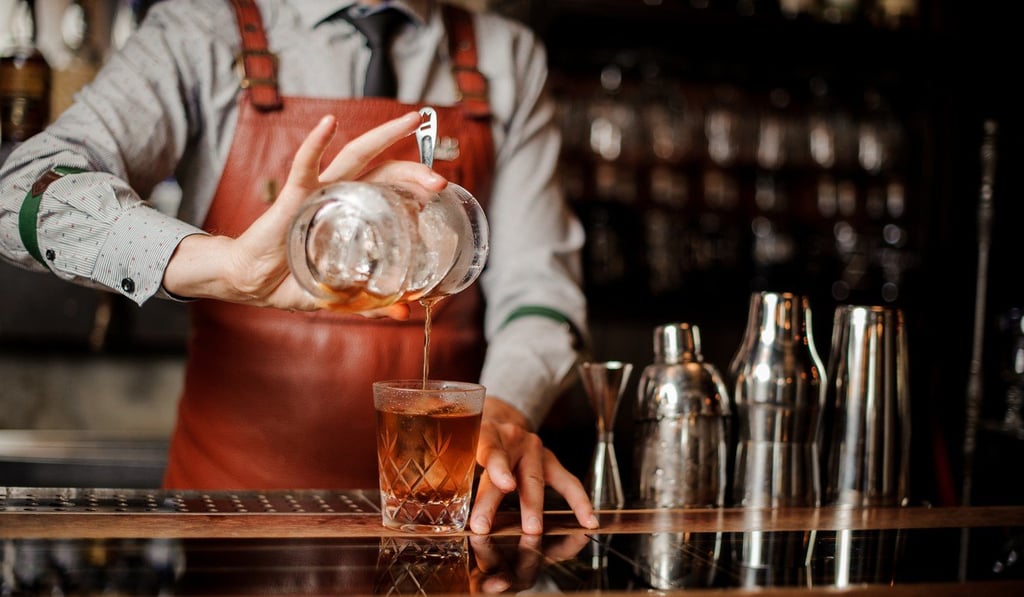Vermouth makes a comeback, with Hong Kong’s Mancino leading the trend in Asia

Whether enjoyed at a bodega in Madrid or a mixology bar in Hong Kong, vermouth is here to stay
Bodegas Ricla, a tiny bar just moments from Madrid’s famed square, the Plaza Mayor, is known for its vermut en grifo – vermouth on tap – and its home-cooked tapas. The vermouth (fortified wine flavoured with botanicals) is kept in barrels behind the white-and-blue-tiled bar and is served simply over ice, just a slice of orange adding a citrus lift.
There’s no space for tables, so patrons perch on stools, glasses in hand, or stand, resting their plates on a wooden shelf fixed to the bottle green wall, as they snack on boquerones en vinagre (small fillets of white fish cured in vinegar, garlic, and parsley) or platters of Spanish cheese. The bar has been serving Madrileños this way for more than 100 years.
The decor at Bodegas Riclas may not have changed much over the century, but the tastes of its patrons surely have: while la hora de vermut (an appetite-stimulating pre-lunch snack with a glass or two of red vermouth) has been part of Spain’s social and gastronomical scene for many decades, it largely fell out of favour in the 1970s.
Vermouth, along with many other classic aperitifs and digestifs, became passé, the softly bitter, lightly medicinal flavours reminiscent of an old-fashioned age. Many traditional bodegas closed their doors, or switched to serving the more popular wine and beer.
Now, however, vermouth is seeing a resurgence. Hip young drinkers flock to Bodegas Ricla to enjoy a taste of classic Madrid culture. Competing with the old stalwarts are a new kind of bar, the vermuteria – an old-school bodega with a modern lustre – that serve up artisanal, sometimes house-made, vermouth on tap. Madrid has hosted pop-up parties serving avant-garde vermouth cocktails showcasing small-batch labels from craft producers.

Vermouth production is booming, with around 90 Spanish brands now on the market. Some of the new generation of Spanish producers are infusing vermouth’s 300 years of production history with modern ideas, including organic and biodynamic practices. Madrid label, Zarro, for example, was the first vermouth to be certified organic by the European Union.
It’s not just Spain that’s seeing a growing thirst for the appeal of vermouth: bars and restaurants specialising in this fortified wine are popping up in New York City, San Francisco, London, Sydney and beyond.
In London, Soho bar and restaurant Mele e Pere serves 45 different vermouths, from Australia, Germany, Spain, France, Italy, and four varieties from Britain.
“Knowledge of vermouth is improving in giant leaps,” says Edward Scothern, general manager at Mele e Pere. “When we opened the restaurant five years ago, we had 20 vermouths on the menu, and I had to introduce diners to almost all of them, except, of course, Martini. Now our diners generally recognise a fair few different labels, and some diners are zoning into specific labels. This makes a big change from the days when vermouth, along with sherry, were dusty bottles discarded at the back of granny’s cupboard.”